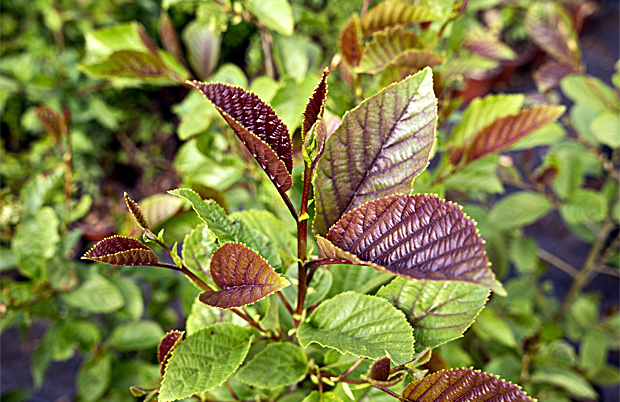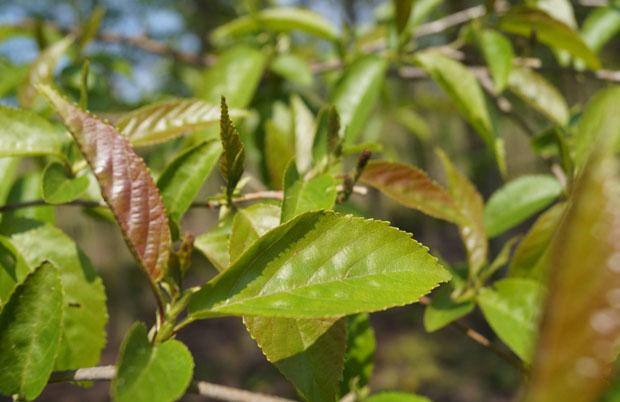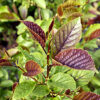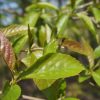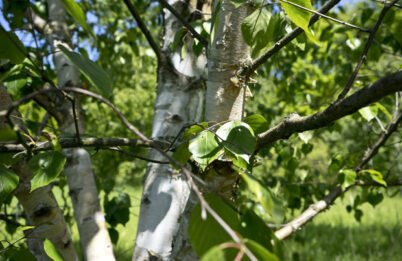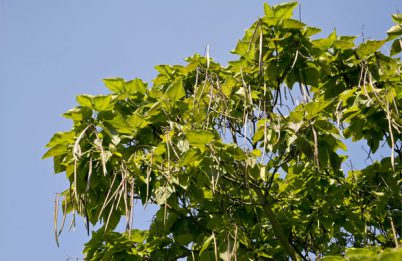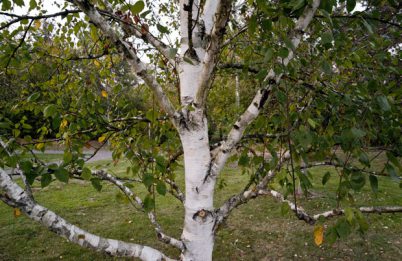Purpur-Erle (A. japonica x A. subcordata)
Die Purpur-Erle (auch Großblättrige Erle) ist 1908 aus einer Kreuzung von Alnus japonica und Alnus subcordata in der Baumschule Späth entstanden. Der sehr schnell wachsende Baum (12-15m) bildet eine breit-pyramidale bis kegelförmige Krone. Sein leicht ledriges lanzettlich bis eiförmig zugespitztes Blatt treibt im Frühling violett-purpur aus und verfärbt sich im Sommer dunkelgrün. Seine späte Herbstfärbung ist violettrot. Ebenso bemerkenswert sind die auffälligen männliche rötlichgelben, die sich bereits sehr zeitig im Februar/März öffnen. Aus ihnen entwickeln sich die Erlen typischen schmückenden Zapfen in einem dunkel-violetten Farbton. Er gedeiht am besten an einem sonnigen – absonnigen Standort und gedeiht auf allen Bodenarten.
| Habitus | farbenprächtiger mittelgroßer Baum, 12-15 m hoch, 6-8 m breit; kegelförmige Krone, Äste ansteigend, Zweige horizontal; schnellwüchsig |
|---|---|
| Blatt | lanzettlich bis eiförmig zugespitzt, ledrig; im Austrieb violettpurpur, im Sommer dunkel-grün; späte Herbstfärbung, violettrot, lang |
| Blüte | auffällige männliche Kätzchen, etwa10 cm groß, rötlichgelb, zu 4. in Büscheln, bemerkenswerter Vorfrühlingsblüher |
| Frucht | zierende Zapfen, dunkelviolett, meist zu 4 |
| Wurzel | Flach- bis Herzwurzler |
| Standort | sonnig bis absonnig, windfest, wärmeverträglich |
| Boden | wenig anspruchsvoll |
| Härtegrad | Zone 3 (-40 bis -34,5 °C) |
| Hinweise | Klimawandelbaum |
| Synonyme | Großblättrige Erle |


